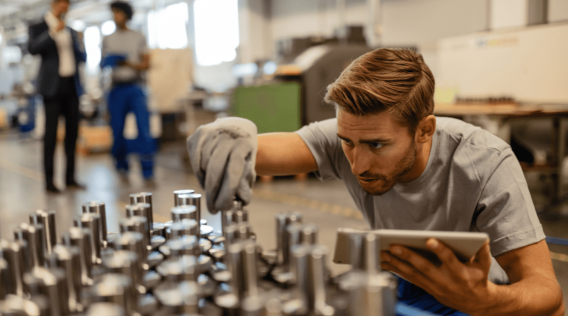In today’s fast-paced world, innovation and creativity are highly valued. Many individuals and companies constantly strive to develop new products and technologies that can change the way we live and work. However, turning an idea into a tangible reality is often a complex and challenging process. One crucial step in this journey is the design and manufacturing of a prototype, which allows for testing, improvements, and eventual production.
When it comes to prototyping, aluminum has become a popular choice due to its numerous advantages. Aluminum is a lightweight and durable material, making it ideal for creating functional prototypes that closely resemble the final product. Additionally, its excellent thermal and electrical conductivity properties further enhance its suitability for various applications.
The first stage in designing an aluminum prototype is conceptualization. This involves brainstorming and exploring different ideas and concepts. At this stage, it is important to consider the purpose, functionality, and target audience of the product. Sketches and drawings are often created to visualize the design and form a basis for further development.
Once the concept is finalized, the next step is to create a 3D model using computer-aided design (CAD) software. CAD allows for precise and detailed modeling, ensuring that all dimensions and specifications are accurately represented. This digital representation not only serves as a reference for manufacturing but also enables virtual testing and simulations for functionality and performance evaluation.
With the 3D model in hand, the next step is to manufacture the aluminum prototype. There are several methods available, depending on the complexity and requirements of the design. One common technique is CNC machining, which involves the use of computer-controlled machines to accurately shape and cut the aluminum material. Another method is 3D printing, where a printer deposits successive layers of molten aluminum or powdered aluminum to build the prototype layer by layer.
Regardless of the manufacturing method, attention to detail and precision is vital during the production of an aluminum prototype. The dimensions, surface finish, and overall quality must closely match the intended final product. This ensures that the prototype can accurately represent the design and allow for effective testing and evaluation.
Once the aluminum prototype is manufactured, it undergoes a series of tests and evaluations to assess its functionality, performance, and durability. This often involves subjecting the prototype to real-life conditions and scenarios to mimic its intended use. Any flaws or areas for improvement are identified, and necessary modifications are made to enhance the design.

The iterative process of designing and manufacturing an aluminum prototype continues until the desired functionality and performance are achieved. The feedback obtained from testing and evaluation is invaluable for refining the design and making necessary adjustments. This iterative cycle of prototyping allows for efficient problem-solving, resulting in a final product that meets the intended requirements and specifications.
In conclusion, designing and manufacturing an aluminum prototype is a crucial step in transforming ideas into reality. Aluminum’s lightweight, durable, and conductive properties make it an excellent choice for creating functional prototypes. The process involves conceptualization, creating a 3D model, manufacturing the prototype, testing, and iterations for improvements. Through this iterative cycle, ideas can be refined, and the final product can be developed to meet the desired specifications. Embracing the journey of turning ideas into reality is key to driving innovation and bringing valuable products to the market.
-

- Magnesium alloy die-casting parts&components for e-bike
-

- Magnesium Aluminium alloy die casting parts Chain cover for automotive
-

- Magnesium alloy die-casting Auto parts controller housing
-

- Magnesium alloy foundry parts bicycle wheel with CNC machining & surface finishing
-

- Magnesium alloy die-casting LED display frame
-

- Custom-made thixomolding parts UAV components with CNC machining &surface treatment

 0086-750-5616188
0086-750-5616188 +86 13392089688
+86 13392089688 sales@zhongmei-tech.com
sales@zhongmei-tech.com







